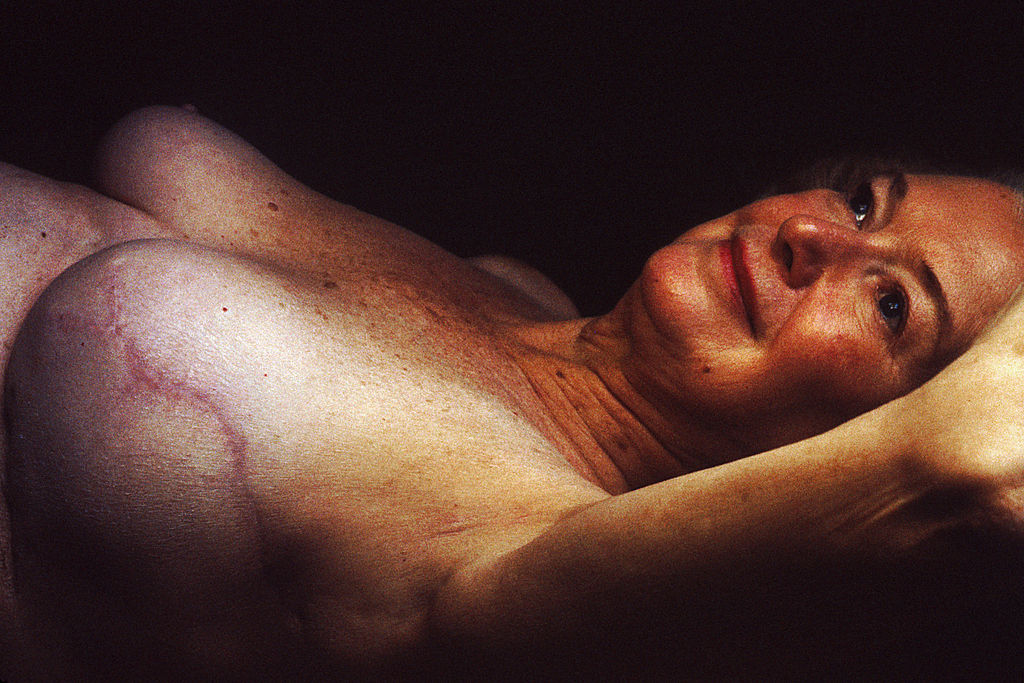
After mastectomy surgery in Los Angeles, it is quite common to experience post-mastectomy pain (MP), leading to a possible diagnosis of post-mastectomy pain syndrome, or PMPS. In order to receive this diagnosis, the pain following the mastectomy has to be persistent, above and beyond the time period that can be expected following such major surgery. Essentially, if the pain becomes chronic, a woman may have PMPS, which is classed as a complication of the surgery.
That said, there are various forms of MP, not all of which will lead to PMPS. Common forms of MP include numbness, muscle spasms, burning, tingling, a dull ache, or tenderness, around the surgery area. This pain can be felt on the side of the body, in the arm, in the armpit, or in the chest. Some women experience pain in the shoulder, feeling as if it is “frozen” in place, leading to lack of mobility and stiffness. Other women notice that they have inflammation on the incision site, which can lead to burning or itching and, in more serious cases, to infection.
Is MP Normal?
MP is incredibly common after all forms of breast surgery, including partial mastectomies, total mastectomies, lumpectomies, and breast reconstruction surgery. Between 25% and 50% of women experience at least some MP, with the pain ranging anywhere from mild to severe. PMPS, however, is less common and can, if left untreated, last for as much as three years. Regular MP usually starts between a few hours and three months after the operation and usually only lasts for a few days.
What Causes PMPS?
There are two key causes of PMPS:
- The buildup of scar tissue and other adhesions.
- Nerve damage.
A mastectomy is a very serious operation that has an impact on a range of different nerves and muscles. The more breast tissue that is removed, the more nerves and muscles will be affected. The location of the cancer itself can also have an impact on this. Surgeons will always try to protect nerves as much as they can, but some will be sacrificed.
Whenever someone has an operation, adhesions will start to form almost immediately. This is a normal bodily response to any form of injury. When they stop body structures and tissues from moving freely, as they are supposed to, these adhesions can cause pain.
What Is the Treatment for PMPS?
How PMPS is treated depends on what has caused it. All patients who have had a mastectomy are offered counseling, so that they can cope better with the shock and stress involved with such a life-changing operation. For pain, over the counter painkillers are the first form of treatment, followed by prescription painkillers if need be. If the pain is caused by nerve damage, then prescription painkillers are usually given straight away. There is some evidence to suggest that acupuncture can help with pain for nerve damage. Meanwhile, in case of pain due to adhesions, physical therapy and targeted massage therapy can also help.